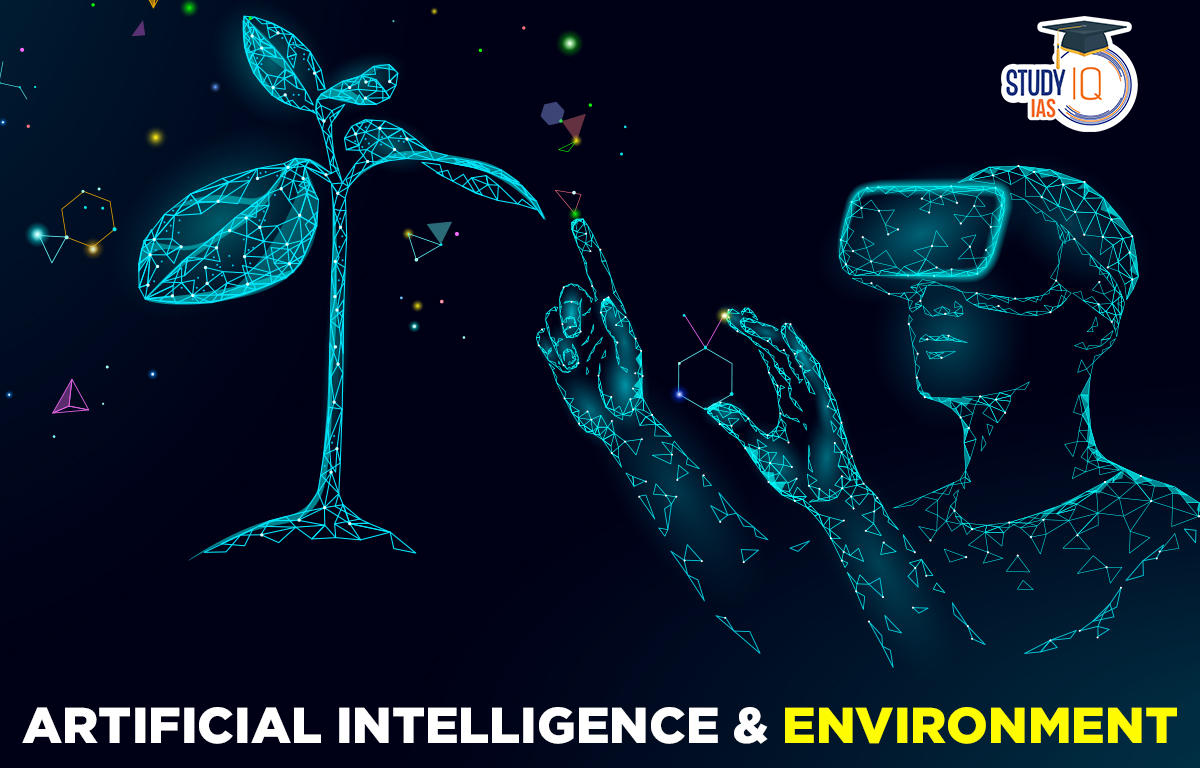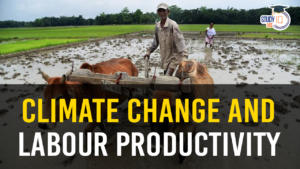| Using AI ‘guardians’ to save trees |
- A nonprofit organization called Rainforest Connection has attached acoustic monitoring sensors to trees that “eavesdrop” on the surrounding forest area and transmit that audio in real-time to the cloud.
- A machine learning model is used to analyse the data. It has been trained to identify sounds linked to illegal logging, such as a chainsaw or truck.
- In case of a positive hit, alerts are sent to authorities on ground. Currently, these devices have been installed in 35 countries, including Brazil, Indonesia, Congo and Philippines.
- Benefits of the initiative: Using AI tools to preempt the destruction of rainforests, governments can potentially save around 29 gigatons of emissions by 2030.
|
| Reducing carbon footprint of steel |
- Important components in construction sector, such as steel and cement are big CO2 emitters, making decarbonizing these industries a priority.
- Steel accounts for around a quarter of greenhouse gas emissions from the manufacturing sector, majority of which comes from the mining and transportation of ingredients used in the production.
- US company Fero Labs has collaborated with five American steel plants to reduce the amount of mined alloys by up to a third.
- Fero Labs’ AI-driven optimization software studies historical data to determine the minimum amount of new additional alloys that needs to be added.
- Potential benefits: This recommendation from AI has helped reduce estimated 450,000 tons of CO2 emissions per year by skipping the mining, smelting and transporting of unnecessary amounts of alloys.
- If this is scaled to the entire industry in the US, an estimated 11.9 million tons of CO2 emission can be prevented. This is equivalent to about a quarter of New York City’s yearly carbon emissions.
|
| Energy waste reduction in buildings |
- About 60% of the Hong Kong’s carbon emissions come from energy use in buildings. Quarter of the total electricity consumption comes from heating, ventilation and air conditioning (HVAC) systems used in commercial buildings.
- A design firm Arup has developed an app called Neuron that uses 5G and Internet of Things sensors to obtain real-time data from a building’s energy management system.
- An algorithm is then used to analyze this data and optimize the heating and cooling system, as well as make future predictions about the building’s energy demand.
- Potential benefits: These changes made by the AI-driven software can save 10-30% of the energy used in a typical commercial building.
|
| Tackling poaching using AI |
- Poaching is one of the major reasons for dwindling of rhino numbers throughout the 20th century. The rhinos have become endangered as result of rampant poaching.
- Rouxcel Technology of South Africa has developed AI-enabled bracelets that are attached around rhinos’ ankles to help conservation teams locate the animals and monitor their behavior in real time.
- A machine learning algorithm is used to spot when an animal is showing abnormal movement patterns, which indicate that the animal might be distressed, especially if poachers are nearby.
- The devices have been used in countries in Africa, such as Kenya and South Africa.
- Potential benefits: The software then sends an alert to wildlife operations centers and anti-poaching teams.
|
| Smart Agriculture |
- Agriculture sector is vulnerable to emerging threats of climate change, extreme weather events and invasive pests, which all have bearing on the yield.
- Agriculture is also partially responsible for the problem of climate change. Agriculture, forestry and land use constitute around 18% of global CO2 emissions.
- Water use in agriculture is responsible for 70% of water use worldwide. Fertilizer and pesticides used on crops can pollute groundwater and nearby rivers.
- German startup called Agvolution has developed an AI system that collects data from solar-powered sensors monitoring the microclimate around crops.
- The sensors collect data on temperature, humidity, radiation and soil moisture in the field, which is used by machine learning algorithms to make precise recommendations about plant health and exactly the amount of water and fertilizer to use.
- Potential benefits: Use of this software can boost yields and reduce wasted resources. It has potential to increase ecological and economic efficiency by up to 40%.
|
| Here comes the Sun: Plotting clouds using computers |
- Solar energy makes up a large share of renewable energy, which is critical to transition from fossil fuels. However, it is difficult to make power grids stable.
- This is because power supply can suddenly drop off if clouds move over solar panels. In such a case, network operators use generation reserves, consisting of fossil fuels that can quickly start running when there’s risk of a power shortage.
- Open Climate Fix non-profit has collaborated with the UK’s National Grid to use AI to provide a precise picture of how clouds develop.
- Potential benefits: AI will help determine how clouds are moving and changing over time, helping them avoid fossil fuel-based generation reserves.
|



 Current Affairs 2nd May 2024 for UPSC Pr...
Current Affairs 2nd May 2024 for UPSC Pr...
 Article 31C, Origin, Challenges and Curr...
Article 31C, Origin, Challenges and Curr...
 Climate Change and Labour Productivity
Climate Change and Labour Productivity

















